A huge part of being an Interpretive Ranger is putting on programs for park visitors. One of my programs is about the ways wildlife moves and their tracks. If you really look around yourself while you hike you’ll notice the signs of wildlife all around you. You can see vegetation pushed down, scat, and track prints in the ground. Tracking has been a technique used for years for many purposes. Those purposes being, hunting, photography, trapping, and wildlife viewing.
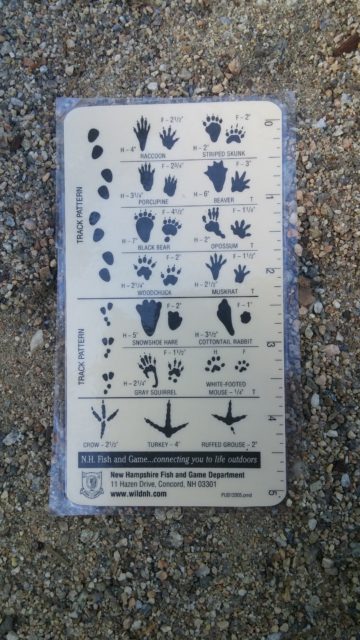
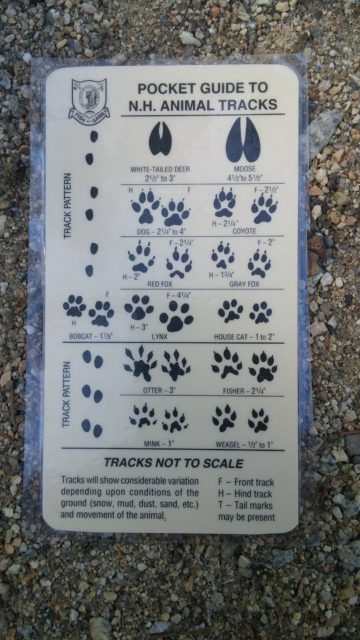
The fun part of tracking is that it’s solving a mystery. It clues you in on what wildlife is actually active in an area, what that wildlife does and where it goes in their active times. Have you ever wondered what some wildlife is doing while you are not looking? Tracking is also a way of knowing the biology of an animal and a great way to learn more about a species of animal.
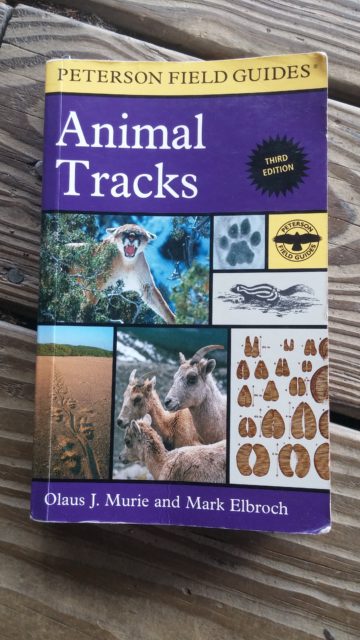
I decided to go out and find some tracks of my own and try to identify what wildlife they belong to. Some tracks I can easily identify but others are very difficult. For example, I am not sure if I would be able to recognize a coyote track from a dog track.
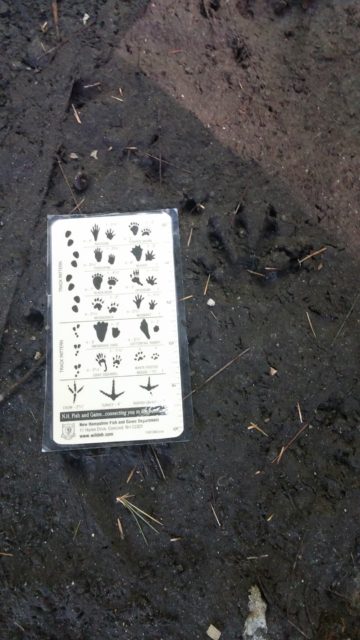
When I found a track I would take in account: Track size, environment track was found, what wildlife is most likely to be in the region of NH track was found in, etc…
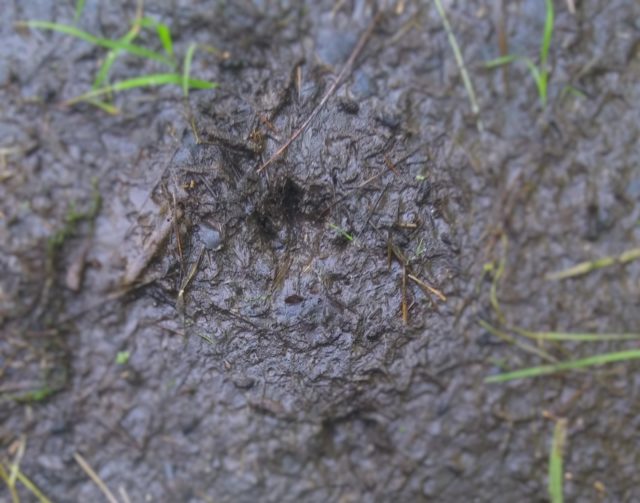
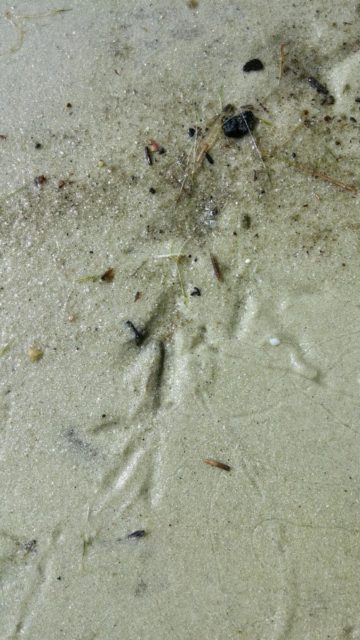
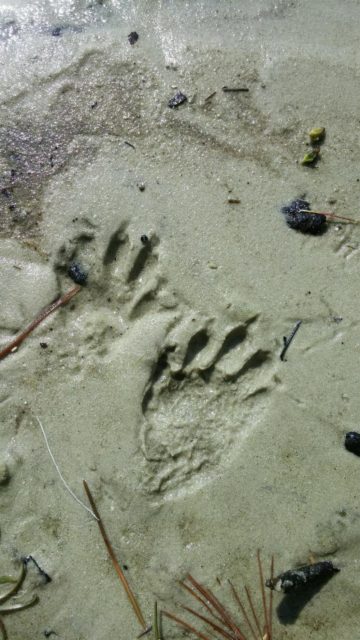
As I went along trying to find as many tracks as I could, I soon realized it was difficult to find them. I certainly found my fair share of human and pet dog tracks along the trails. Tracking is something that I am going to keep practicing and one day will hopefully be an expert!
Feel free to post what your thoughts about the tracks in my blog may be!
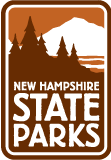
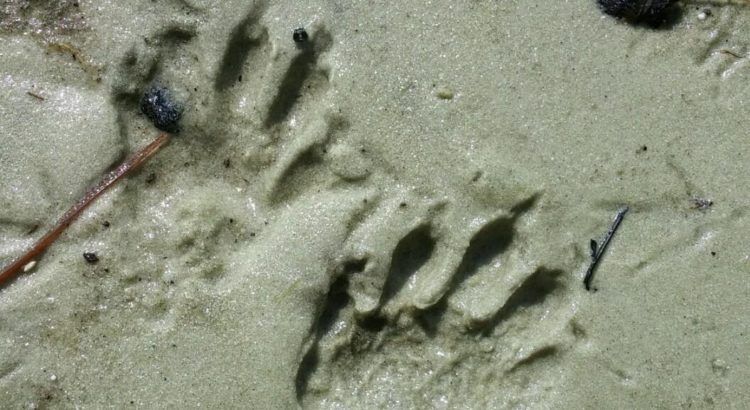
Great!